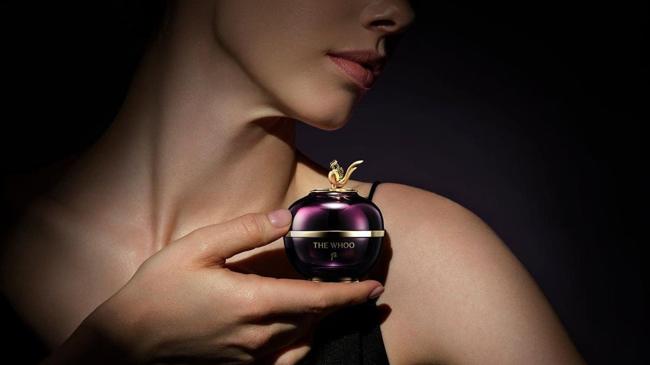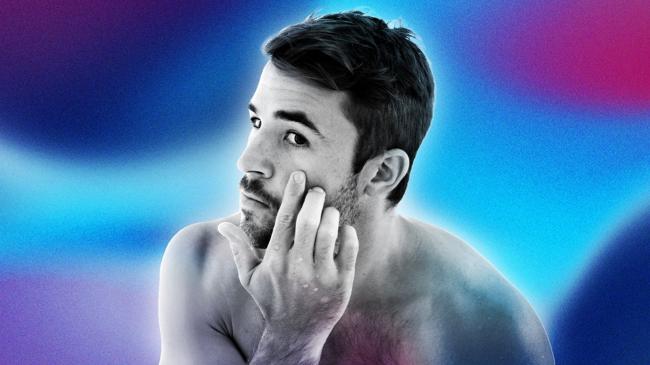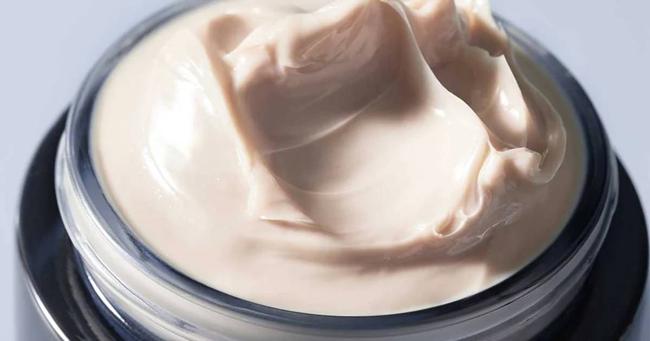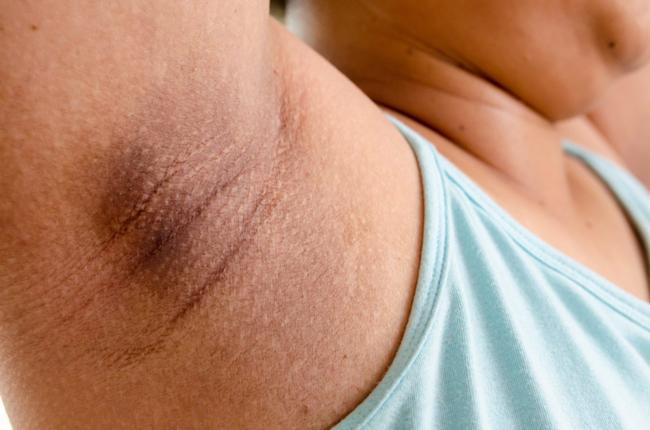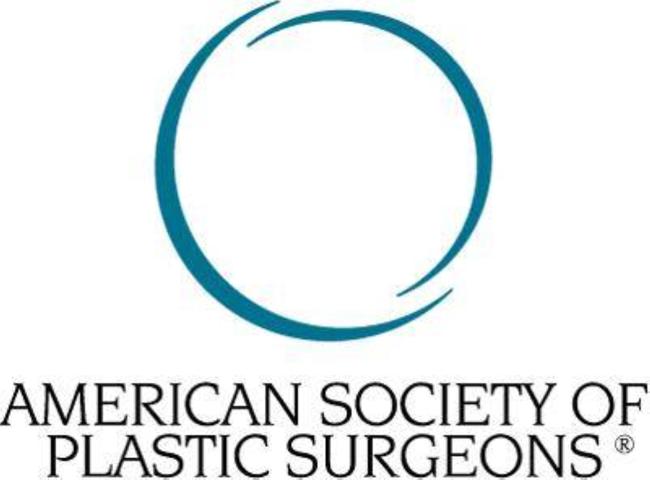Summary
Melding ancient Korean skincare traditions with cutting-edge science, The Whoo launches in the US at Frieze New York.
Source: Forbes

AI News Q&A (Free Content)
Q1: What are some of the key ingredients used in Korean cosmeceuticals, and what benefits do they offer?
A1: Korean cosmeceuticals often use bioactive ingredients like bee venom, snail mucin, dragon's blood, and tiger grass extract. These ingredients are scientifically validated for their dermatologic benefits, providing skin rejuvenation, photoprotection, and wound healing properties. Further research is needed to fully understand their biological and therapeutic mechanisms.
Q2: How does The Whoo plan to introduce its brand heritage at Frieze New York?
A2: The Whoo plans to introduce its brand at Frieze New York by showcasing a unique brand booth that highlights its product collection and artwork in collaboration with artist Jian Yoo. The brand aims to deliver an experience of Eastern luxury aesthetics originating from the royal family, emphasizing its heritage and artistry.
Q3: What role does AI play in modern skincare innovations?
A3: AI is increasingly used in skincare innovations, such as developing AI-assisted skincare routine recommendation systems. These systems use AI to analyze skin types and recommend personalized skincare products. AI models achieve high accuracy in classifying skin issues and enhance user experiences through immersive XR platforms.
Q4: What is the significance of rice water in ancient Korean skincare practices?
A4: Rice water was a common ingredient in ancient Korean skincare practices, used to cleanse and brighten skin. It is rich in vitamins and minerals, helping maintain a clear complexion. This traditional practice reflects the emphasis on natural ingredients for beauty and health in Korean history.
Q5: How does The Whoo incorporate both ancient traditions and modern science in its skincare approach?
A5: The Whoo integrates ancient Korean skincare traditions with modern science by using plant-based ingredients cultivated for maximum effectiveness. This approach combines historical practices with cutting-edge techniques to enhance skin resilience and appearance.
Q6: What are the challenges faced by Xiqu performers in terms of skincare, and what solutions are being proposed?
A6: Xiqu performers face skincare challenges due to heavy-metal-laden face paints, leading to skin problems. A proposed solution is EyeVis, a prototype that visualizes residual eye makeup and records makeup wear time, helping performers manage and mitigate skin issues.
Q7: In what ways is The Whoo's participation in Frieze New York significant for its US market debut?
A7: The Whoo's participation in Frieze New York is significant for its US debut as it aligns the brand with high art and cultural sophistication. The event provides a platform to showcase its luxurious heritage and innovative products, appealing to an audience that values both beauty and art.
References:
- Bioactive ingredients in Korean cosmeceuticals: Trends and research evidence
- The Whoo, a Luxury Korean Skincare Brand With Royal Roots, Makes Its US Debut
- An AI-Assisted Skincare Routine Recommendation System in XR
- The history of Korean skincare
- The Whoo US launch Frieze New York
- It Is Hard to Remove from My Eye: Design Makeup Residue Visualization System for Chinese Traditional Opera (Xiqu) Performers

